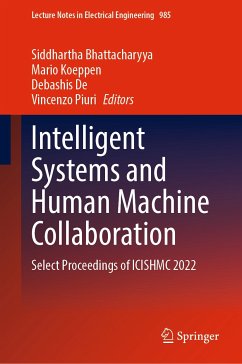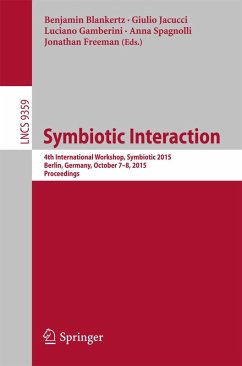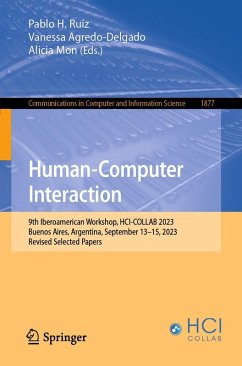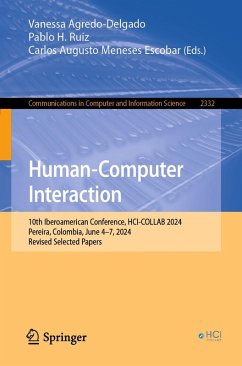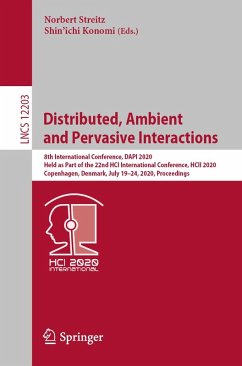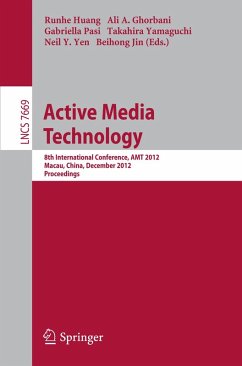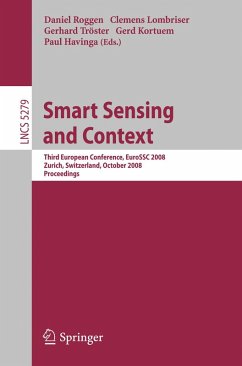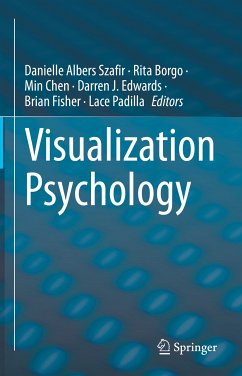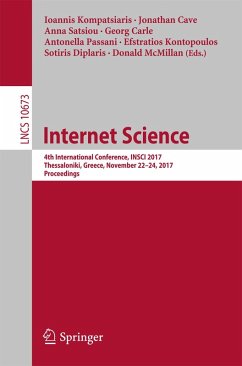
Intent Recognition for Human-Machine Interactions (eBook, PDF)
Versandkostenfrei!
Sofort per Download lieferbar
40,95 €
inkl. MwSt.
Weitere Ausgaben:

PAYBACK Punkte
20 °P sammeln!
Natural interaction is one of the hottest research issues in human-computer interaction. At present, there is an urgent need for intelligent devices (service robots, virtual humans, etc.) to be able to understand intentions in an interactive dialogue. Focusing on human-computer understanding based on deep learning methods, the book systematically introduces readers to intention recognition, unknown intention detection, and new intention discovery in human-computer dialogue. This book is the first to present interactive dialogue intention analysis in the context of natural interaction. In addit...
Natural interaction is one of the hottest research issues in human-computer interaction. At present, there is an urgent need for intelligent devices (service robots, virtual humans, etc.) to be able to understand intentions in an interactive dialogue. Focusing on human-computer understanding based on deep learning methods, the book systematically introduces readers to intention recognition, unknown intention detection, and new intention discovery in human-computer dialogue. This book is the first to present interactive dialogue intention analysis in the context of natural interaction. In addition to helping readers master the key technologies and concepts of human-machine dialogue intention analysis and catch up on the latest advances, it includes valuable references for further research.
Dieser Download kann aus rechtlichen Gründen nur mit Rechnungsadresse in A, B, BG, CY, CZ, D, DK, EW, E, FIN, F, GR, HR, H, IRL, I, LT, L, LR, M, NL, PL, P, R, S, SLO, SK ausgeliefert werden.



